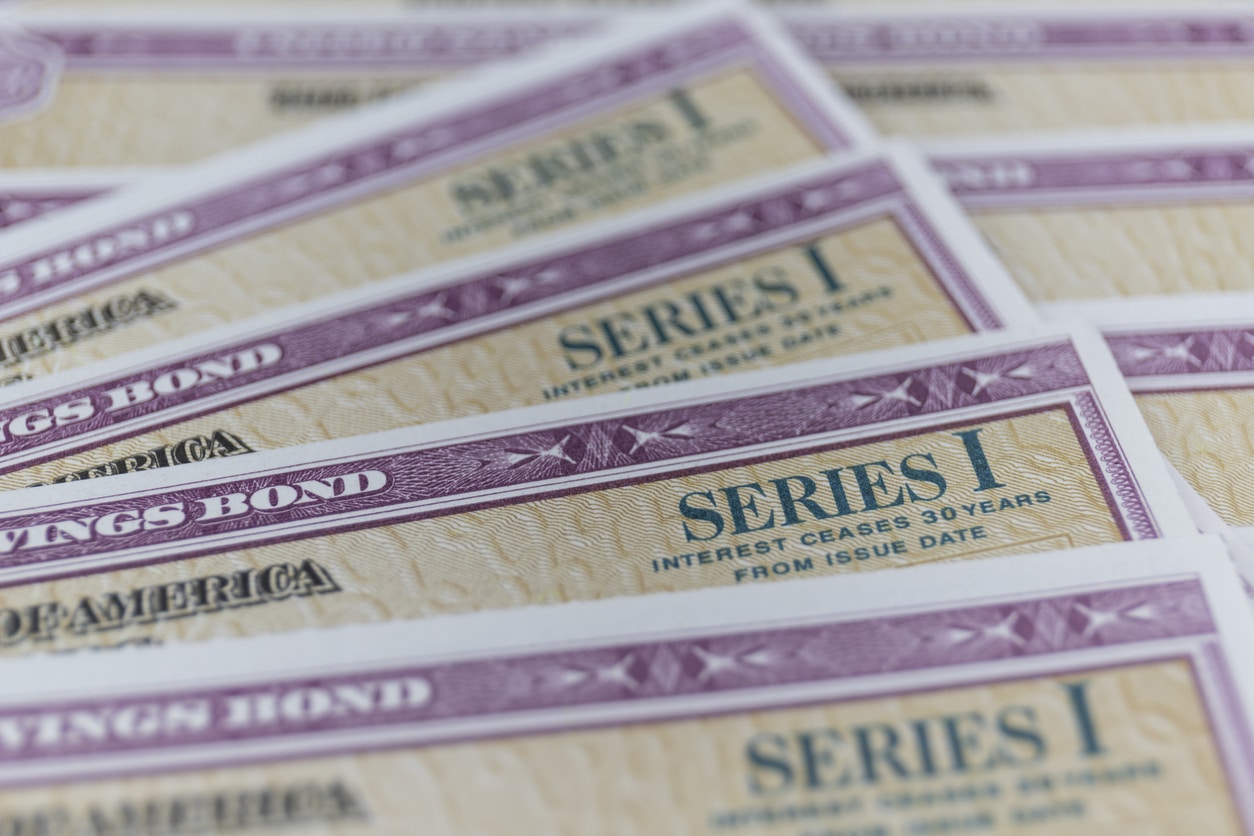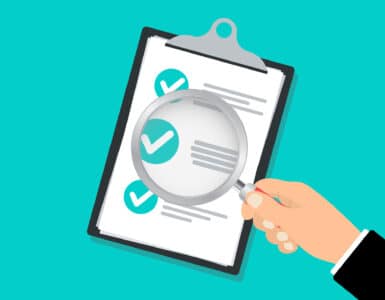They have been called America’s best-kept investing secret. And for good reason. With inflation rising, the little-known Series I Savings Bonds (or I-Bonds for short) could be well worth your time and attention this year.
Here’s why: At the end of April 2022, the I-Bond was paying out 7.12% in interest, which is the second-highest rate they have paid out in history. (They first hit the market in 1998.) And, like all U.S. savings bonds, they are as safe of an investment as you can get. While you may not earn more, the bonds also won’t lose their original value. Some economists have suggested that everyone with a Social Security number should be investing in this series of bonds.
The I-Bond buzz will likely grow louder in the coming days because it’s a security that earns interest based on two things: A fixed rate and a rate set twice a year based on inflation. A new rate is set every six months based on the bond’s fixed rate (which is now 0.00 percent) and on inflation. The next period is set to begin May 1, and is expected to push even higher than the 7.12% rate that spanned November 2021 through April 2022. The I-Bond earns interest until it reaches 30 years or you cash it out, whichever comes first.
Here’s what you need to know to get started:
Open an Account
It’s been said that the most challenging part of obtaining an I-Bond is purchasing them. You can no longer buy paper bonds at a bank or other financial institution. As the name suggests, you will need to go online and open an account with Treasury Direct. TreasuryDirect.gov is a financial services website that allows you to buy and redeem securities directly from the U.S. Department of the Treasury in paperless electronic form. The site looks and feels a little dated, but offers an FAQ to help new visitors navigate their way to open an account.
To get started, you will need your Social Security number and an active email address. To make the payment transfer to buy the electronic bonds, you’ll need to know the routing number of your credit union or bank, and your account number. Make sure to jot down the info in a notebook or take a screen grab of the TreasuryDirect account details for safekeeping. Bond experts note that the government won’t send you reminder emails about your bonds, so it’s up to you to keep track of your account.
Know Your Limitations
As with other bonds, there are limits on how many each person can buy annually. Right now, for the I-Bonds, electronic purchases are limited to $10,000 per year, per person, excluding gifts to others. The only other way to score more is by purchasing up to $5,000 in paper bonds with your federal income tax refund, which would allow you to purchase a total of $15,000 worth in a 12-month period.
The Fine Print
While bonds are a safe place to let your cash earn higher interest than most financial institutions this year, there are a few rules to follow. First, you aren’t allowed to cash them in during the first year. And, if you cash them in during the first five years, you lose the last three months of interest. They have a full term of 30 years. You are also not allowed to resell them in a secondary market and must cash them out directly through the government.
Saving For College
Parents also can use U.S. Savings bonds to help pay for college. There’s an education tax exclusion that allows qualified taxpayers to exclude from their gross income all or part of the interest paid when redeeming eligible savings bonds, when the owner pays qualified higher education expenses at an accepted college or university.
With Reporting by Casandra Andrews






